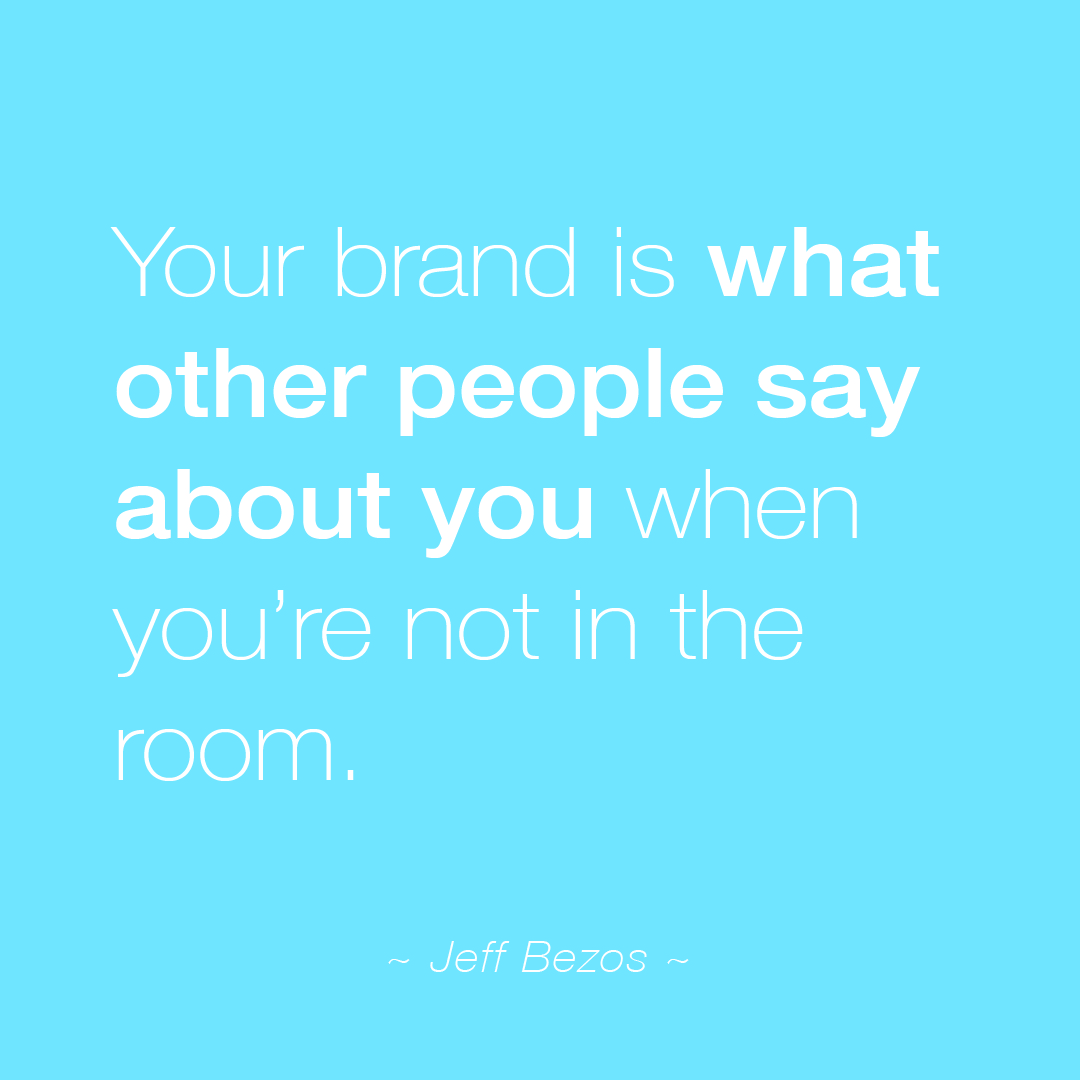
Viv Harries is the Founder of Vivi Creative. He works with businesses to give them the creative edge with unique designs and a solid brand identity.
recent posts
- What Is Branding? A Guide for Business Owners in 2025
- Thinking About Rebranding Your Business in Wales? Here’s What You Need to Know
- How to Build a Brand That Connects Emotionally with Your Audience
- How to Build a Website That Actually Converts Visitors into Customers
- The Ultimate Guide to Branding for Welsh Businesses in 2025

Brand Strategy Workshop
When you are starting a business there are lots of things you need to consider. As a founder of a company you have 101 things going through your mind at the same time, so you have many decisions to make. You are starting completely from scratch and it is a daunting prospect. There are so many possibilities and directions you could take the company.
When it comes to design, a brand strategy workshop can help to get a lot of the stress out of the way and you can then leave the project safely in the hands of a design team.
A brand strategy is a long term plan that can benefit every aspect of your business. Behind every successful business is an intricate yet powerful branding strategy. It is perfect for a new start up or a company who is looking for a rebrand. A brand strategist gives a framework of steps to help companies create a memorable brand that will resonate with their audience and attract new customers. There is an entire brand core and personality to understand before we start talking about colours, fonts, and websites.
I got to the stage in my design career where I realised something needed to change. In the past I had wasted a lot of hours designing for companies and working from a vague brief, not really understanding what they actually wanted. I was trying to guess what someone's vision for their brand was or what was in their head, which I can say from experience is very very difficult.
I would come up with what I thought was a great idea and spend hours meticulously putting it together. I would then present to clients and quickly realise that we did not have quite the same vision. This then meant a lot of back and forth in the design stage and created time consuming frustration, which I wanted to avoid in the future. I needed to find a way of bridging the gap between business owners and designers, and give them both ownership of the idea stage during the development of a brand.
The main purpose of a brand strategy workshop is to ensure that both parties are on the same page when it comes to understanding a company. It gives business owners and designers a chance to sit down and chat properly about where a business is at this moment and where they want to take it. It is then the designer's job to help create a brand that will get the business where it aims to be.
I think it is vital that you sit down face to face with the client (if you can) and discuss each point in detail. Get out some post it notes and pens and have a messy session of ideas and, most importantly, asking lots of questions.
In this blog post I am going to talk about brand strategy and give an overview of a workshop that I have been developing. This idea has been developed whilst learning through podcasts and various online portals, and working closely with different businesses and their owners.
The first task is to define what the brand is all about.
There is no set in stone way of doing this and everyone has their own agenda for getting to the end point: an awesome memorable brand! But certain things have to be discussed and decided upon to get to this.
Brand Core
The first thing you need to discuss is your brand core. This is the most important aspect of your brand which consists of 3 elements. They guide every other part of your brand and every action you take from then on.
This will help you set up a foundation for your business to grow and expand on in the future. It will give clarity to the internal part of the brand while building confidence in your team.
A strong core foundation will resonate with customers and lead to retention of business. A genuine and authentic brand knows exactly what it stands for and can easily share this with their customers.
1. Brand Purpose
Why do you exist beyond making money?
The brand purpose is the reason you exist in the first place, beyond making a profit.
When a brand aligns with a reason or a cause it will resonate with people and attract a dedicated following. By inspiring people you give them a reason to keep coming back to your brand.
The main goal is to build unity, internally and externally. This will lead to faster growth, higher sales and an increase in market share.
Firstly, to find out your brand’s purpose we need to define:
- Brand values and principles and why your brand exists
- What services and/or products you offer the customer
- How you stand out from the competition
- Your brand's mission ( Your differentiator ) Your ZAG.
2. Brand Vision
Where is your brand going? How can you navigate your brand in the right direction?
Map out a timeline of desires you have for your brand. 5 years? 10 Years? 15 years? Try to be bold but realistic at the same time.
Now we can create your vision statement. It may take a few goes to nail it. Combine your aspirations and ideals. It needs to be to the short and to the point!
3. Brand Values
How do you want to be perceived by the public? What is your core message?
You want to create a brand culture; it goes deeper than the products you sell or the services you provide. It's all about the experience the public receives.
You need to choose 3-5 words that best describe your brand and make you stand out from your competition.
Brand Positioning
Now you have achieved your brand core you need to look at your brand positioning. How are you perceived by the customer?
To give you the competitive edge you need to understand your brand positioning. You must establish a clear audience and adjust your design to appeal to them.
You need to get to know who your demographic are and resonate with them in a way that they understand.
4. Target Audience
Who are your primary customers? What problems do they face? How are you offering a solution?
What is the gender, age, location of your demographic?
What are their goals and objectives? How can they relate to your brand? What are their motivations and aspirations?
5. Competitor research
Now you need to identify your competition. You need to stand out from them and offer something different.
It's good to look at your competition and see what they are not doing.
What can you offer that is unique to you? What sets you apart from your competition?
You need to create a position statement to clarify what your differentiator is. You can revisit this as many times as needs be until you get it spot on. This is the most important part of your brand.
6. Awareness targets
How will your customers find you? To successfully target your audience you need to know this. How is the world going to know about your brand? Where do your customers hang out? How will word spread about your business?
Brand awareness marketing is usually done through the following avenues:-
- Email marketing
- Social Media channels
- Website
- Blog
- Online ads
- Printed ads
How effective will these be for your brand? Which will reach your audience better? Which do we need to concentrate on?
Marketing can be expensive so you need to choose carefully what will give you the best bang for your buck.
Brand Persona
Now we need to put everything we have learned about your brand’s internal and external position together and create your brand persona.
You need to make a human connection with your target audience. You want to create an engaging human personality with a resonating and memorable tagline.
7. Brand Personality
If your brand was a person who would it be?
Carl Jung’s well-known framework has been used by brands from around the world. Jung theorised that humans use symbolism to understand complex concepts.
So brands could easily identify with their customers, he developed 12 different categories. All of these categories exhibit personality traits that can help brands establish a connection with their audience.
The 12 Brand Archetypes
- Innocent
- Everyman
- Hero
- Outlaw
- Explorer
- Creator
- Ruler
- Magician
- Lover
- Caregiver
- Jester
- Sage
It should be easy to identify where your brands fits in, within one or more of the archetypes. Then, with that personality in mind, we create a brand voice. You can read a blog post I have written on this topic here.
8. Brand Voice
When you decide on your brand's identity, you need to figure out how to project its personality to appeal to your target audience.
Evaluate your tone. Is it loud? Funny? Quiet? This should reflect your brand’s personality as accurately as possible.
You must decide how you want to be perceived. You want to be consistent in the way you use your voice and the way in which you convey your brand personality.
9. Tagline
Now we need to make an awesome tagline to bring it all together. What do you want your audience to remember you by?
A tagline directly relates to your business as a whole and should be timeless.
One of the most popular and effective examples is Nike’s tagline, "Just Do It", or McDonalds tagline, "I'm loving it". These are known around the world and anytime someone hears it, they associate it with the brand.
You want to leave an impression on the consumers with a memorable campaign and catchy tagline. This is something every brand wants to achieve with a memorable tagline.
Brand Identity System (Design)
Now we have all this information about the personality of the brand, we can start working on the brand identity system. This is how we are going to tell your brand's story to the public through design.
If you have done the strategy part properly, and really thrashed out the ideas stage with the founder and team, then this should be much easier. Hopefully you will avoid a lot of back and forth with the design process.
You will have spent so much time discussing the brand that there will be no big misunderstandings or shocks when the designer reveals your new look. It helps to keep everyone on the same page and, very importantly, ensures that you are all involved in the process.
You can then roll the brand strategy out into everything the business needs, from the logo and social media posts, to the website design. This helps with ensuring the overall design is consistent and in line with the brand strategy. When you develop a strong strategy you can then continue to work with the designer and evolve it over time as the company and brand grows.
It is a big job and a lot of work, but it is very exciting and a fascinating process. When you start from nothing but an idea, and are involved in the creation of a brand to the finished article, there is a great sense of satisfaction from all involved.
So why hire a brand strategist?
Although I have explained the process here, you need someone to facilitate these discussions. Someone to ask the questions. Someone to tease out your ideas and digest the information. Most importantly, your brand strategist is likely to be your designer so, by having these conversations about your brand, it will ensure that the design process is a smooth one and you get everything you need from the expert that you have hired. It might seem like an extra expense, but behind every good business is an intricate yet powerful branding strategy.
Thanks for reading



